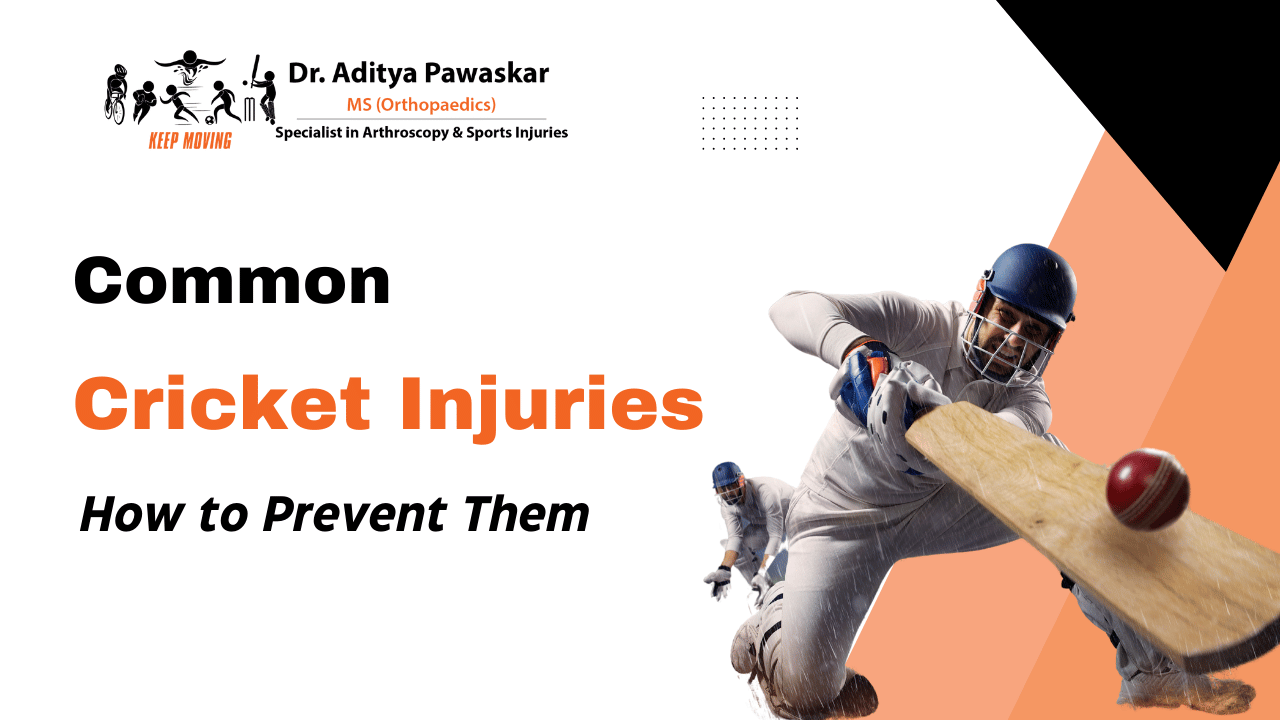
Cricket, a game of precision and power, engages various body parts in its dynamic gameplay. However, the intense movements involved can lead to injuries, necessitating proper understanding, prevention, and treatment.
Let's explore the body parts crucial in cricket, the most vulnerable to injuries, and the imperative role of consulting a sports medicine specialist, particularly Dr. Aditya Pawaskar, a renowned sports medicine specialist and knee and shoulder arthroscopy expert in Mumbai, for optimal care:
Body Parts Engaged in Cricket:
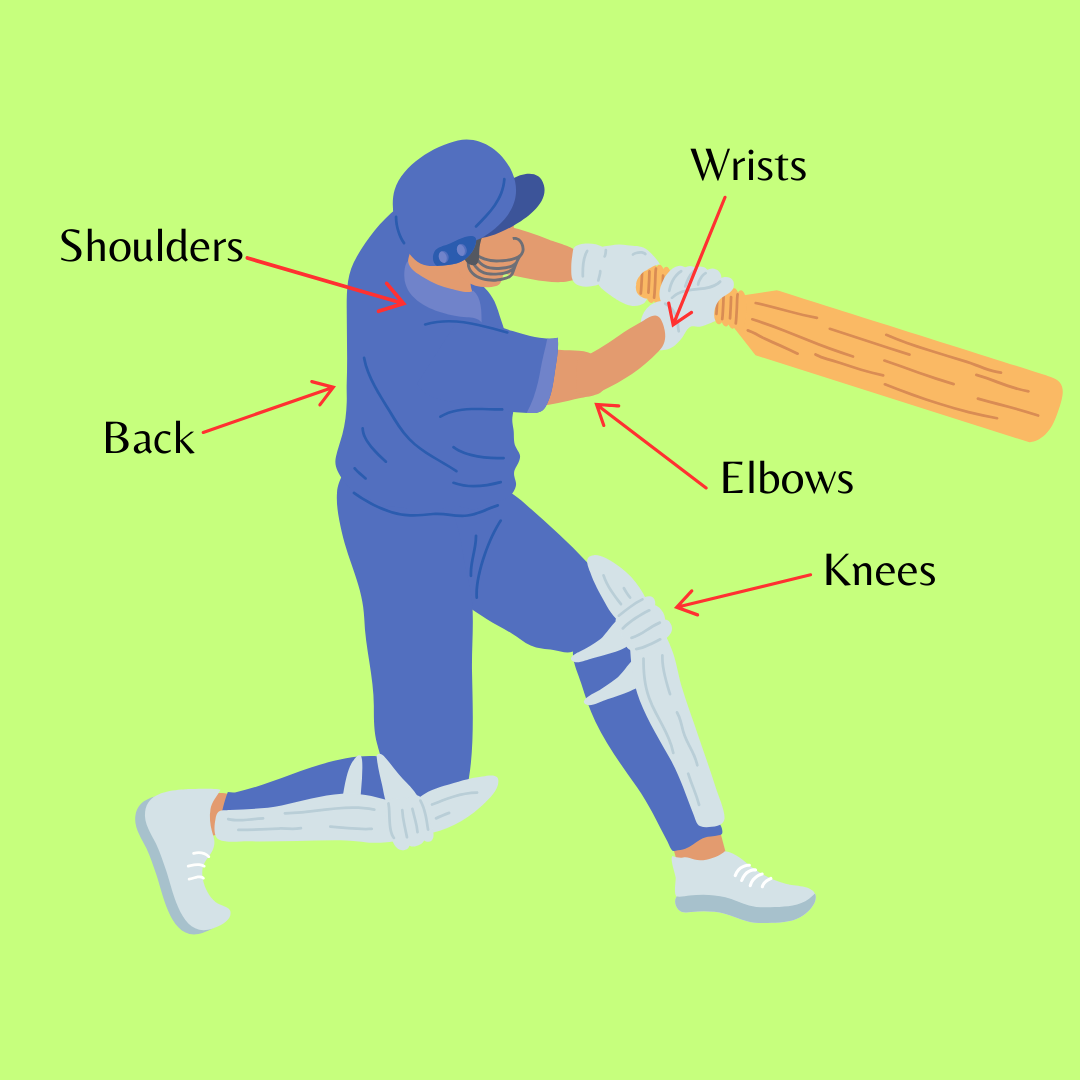
- Shoulders : Vital for bowling, throwing, and batting prowess.
- Elbows : Integral in delivering powerful bowling spells.
- Wrists and Hands : Essential for precise batting and agile fielding.
- Knees : Endure immense strain during running, fielding, and sudden movements.e
- Back : Central to stability and power generation in bowling and batting.
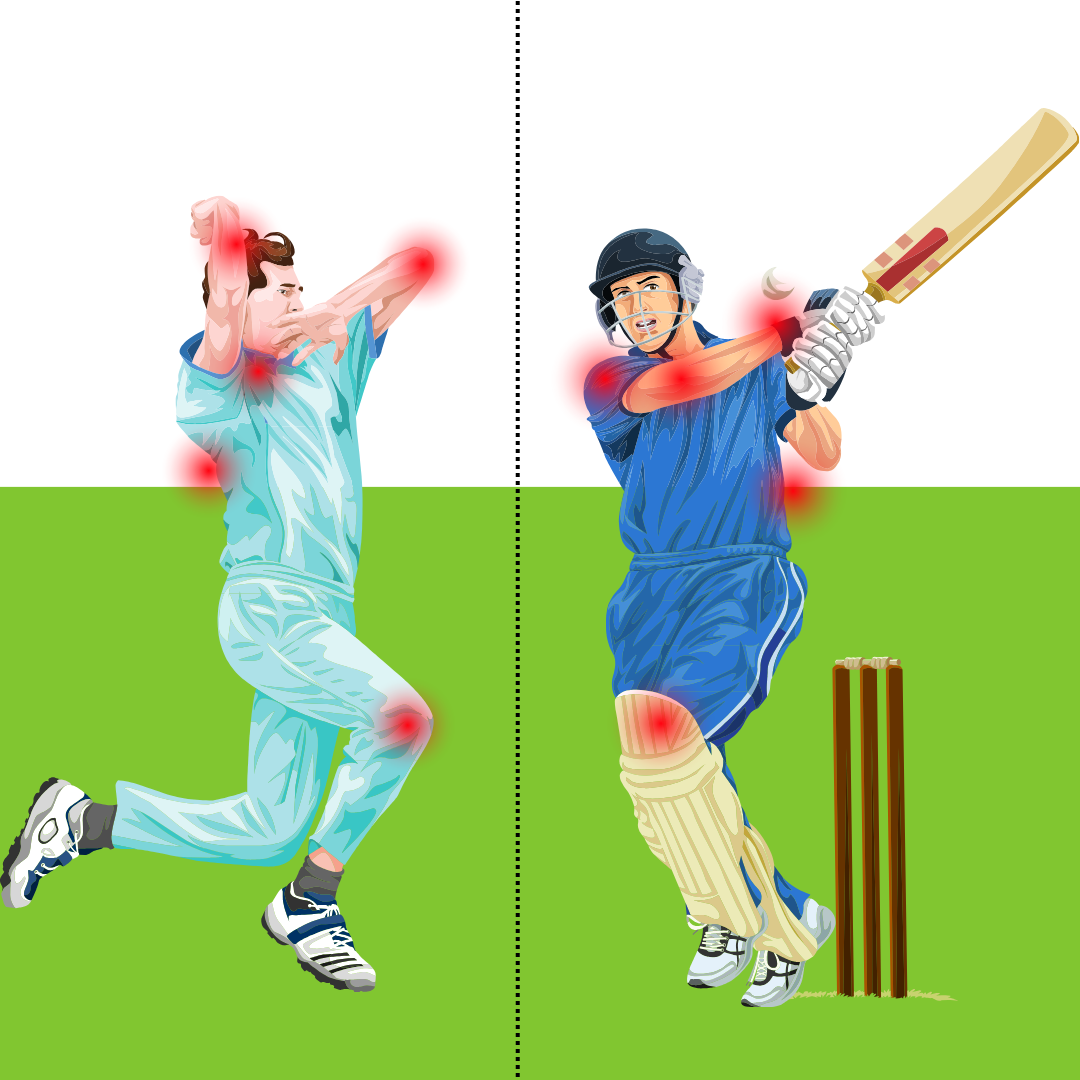
Commonly Injured Areas:
Shoulders
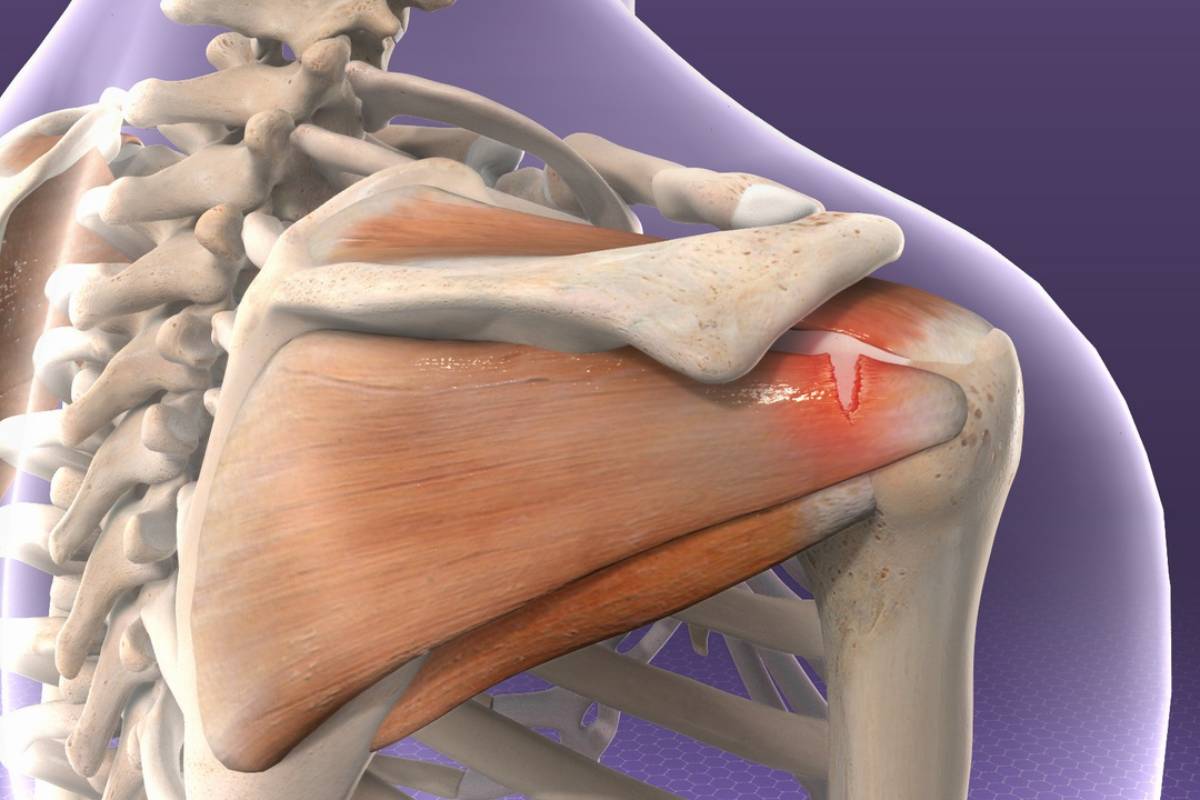
Susceptible to rotator cuff tears and impingement syndrome.
Elbows
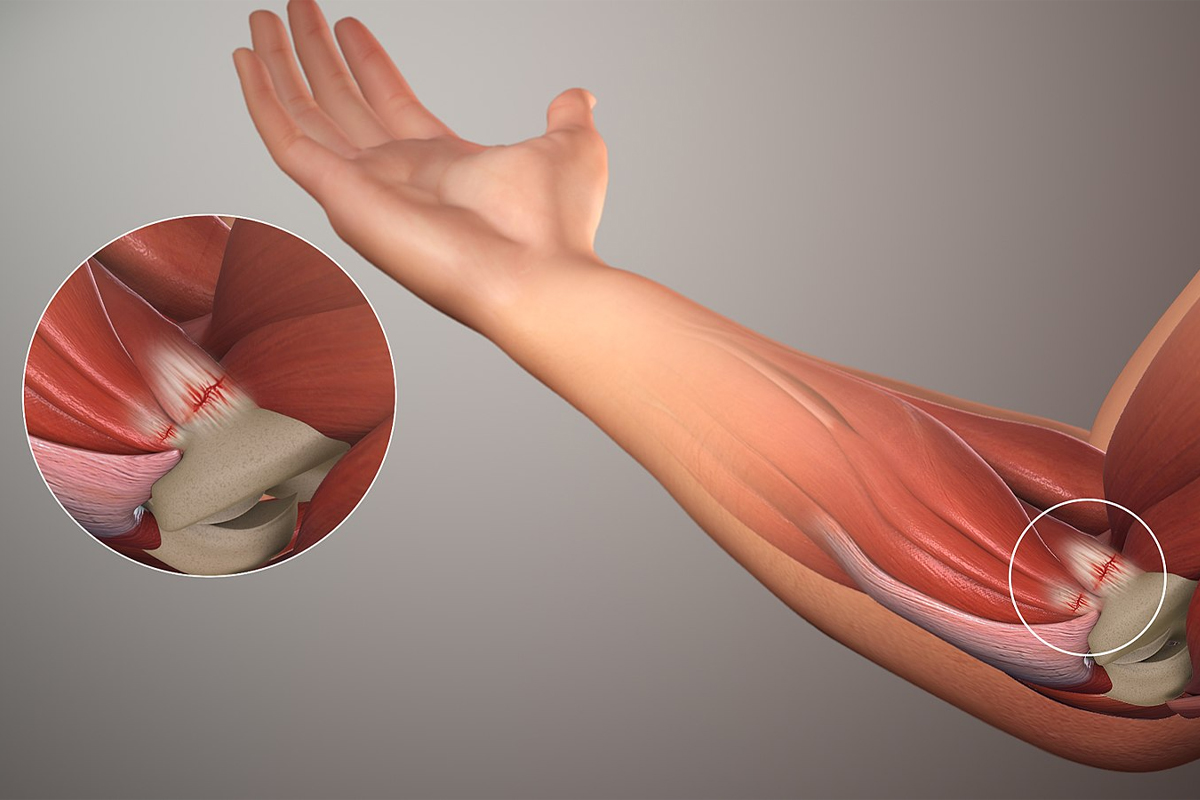
Prone to tennis elbow and golfer's elbow due to repetitive actions.
Knees
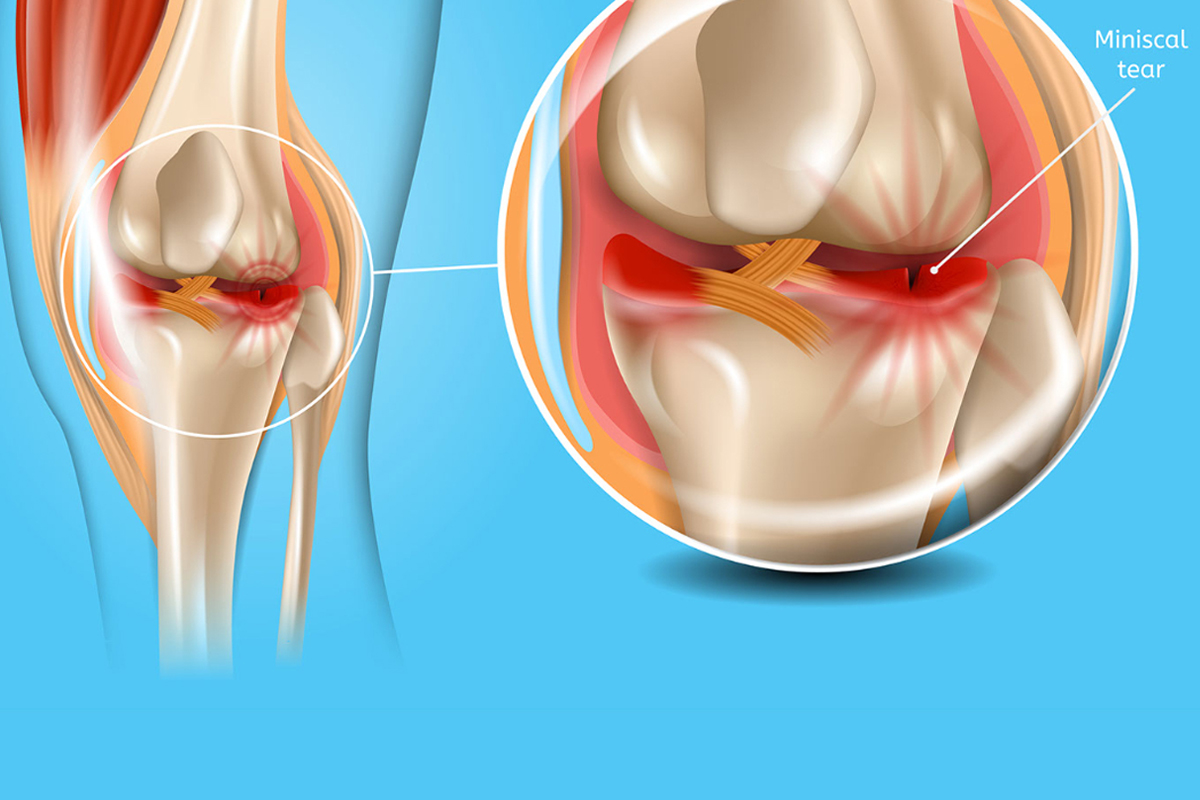
At risk of ligament tears and meniscus injuries from sudden twists.
Ankles

Vulnerable to sprains and strains during quick movements.
Back

Subject to lower back pain and muscle strains from strenuous actions.
Preventive Measures

Thorough Warm-up:
Incorporate dynamic stretches and cardiovascular exercises.

Technique Refinement
Ensure correct form and technique in all cricketing actions.

Strength Conditioning
Focus on strengthening core muscles and areas prone to injury.
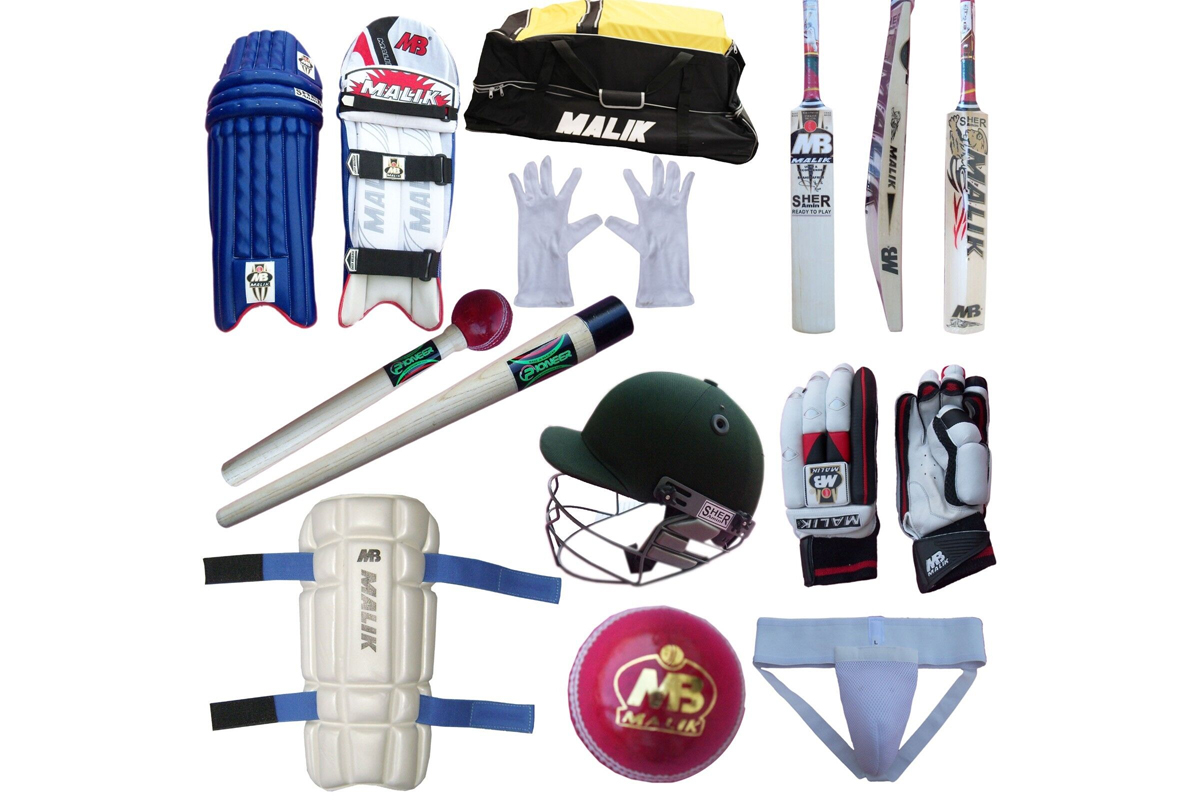
Protective Gear Usage
Employ helmets, pads, gloves, and supportive braces.

Rest and Recovery
Allow adequate time for rest between matches, especially for bowlers.
Effective Treatment Approaches
R.I.C.E Protocol
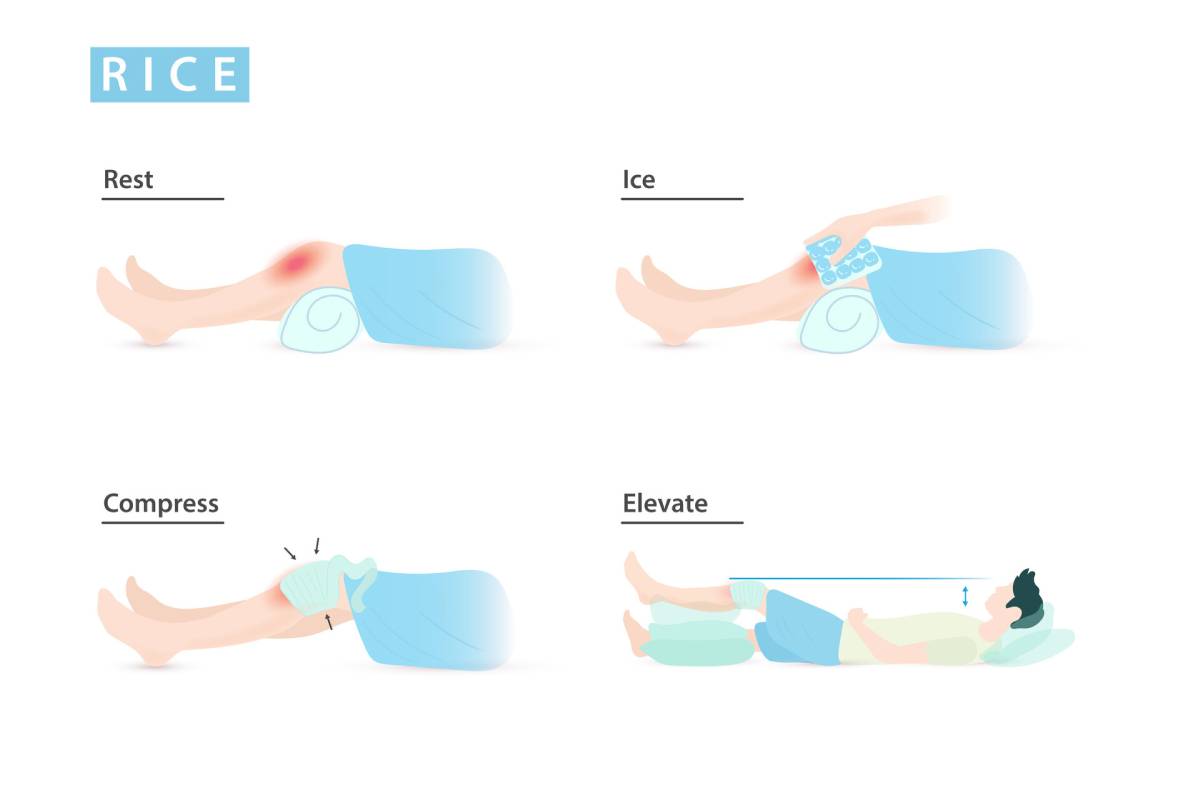
- Immediate application of Rest, Ice, Compression, and Elevation.
- Monitor the injury closely for any signs of worsening symptoms.
- Seek medical attention if necessary for further evaluation and treatment.
Physical Therapy:

- Engage in tailored exercises under the guidance of a specialist to improve strength, flexibility, and range of motion.
- Follow up with regular appointments to monitor progress and adjust treatment as needed for optimal recovery.
Medication

- Seek a sports medicine specialist for appropriate pain relief and anti-inflammatory drugs tailored to your specific condition.
- Follow the prescribed dosage and duration of medication strictly, and avoid self-medication or exceeding recommended doses without professional guidance.
Invasive Interventions
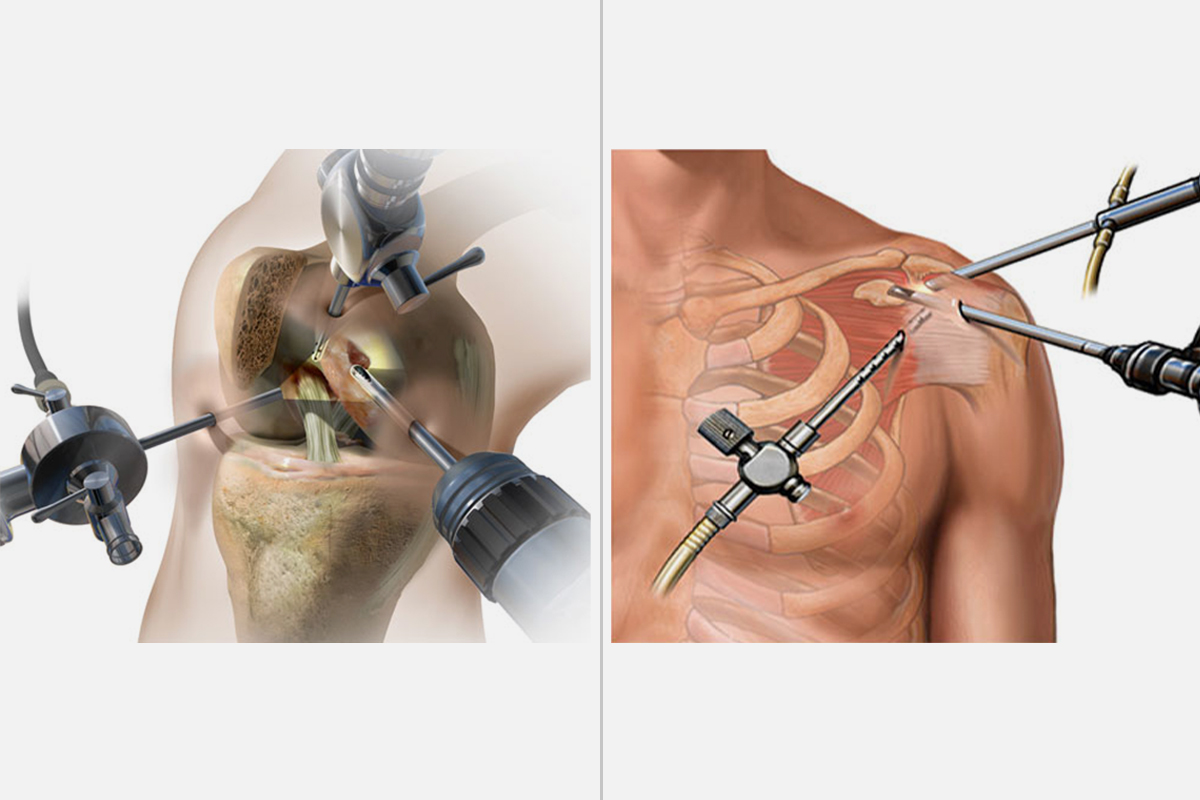
- Consider surgical options for severe cases, with consultation from specialists like Dr. Aditya Pawaskar who can provide expert guidance and personalized recommendations.
- Thoroughly discuss the risks, benefits, and expected outcomes of any invasive procedure with your healthcare team, ensuring informed decision-making and comprehensive pre-operative preparation.
Expert Consultation:
When faced with cricket injuries, consulting a sports medicine specialist like Dr. Aditya Pawaskar in Mumbai becomes imperative. His expertise in sports medicine, coupled with specialization in knee and shoulder arthroscopy, ensures the best treatment and surgical solutions for cricket injuries. With Dr. Pawaskar's guidance, cricketers can navigate injuries effectively and regain optimal performance safely.
Conclusion:
Injuries are inevitable but manageable in cricket. By understanding the involved body parts, adopting preventive measures, and seeking expert consultation from specialists like Dr. Aditya Pawaskar, cricketers can safeguard their well-being and continue excelling in the sport they love. Stay informed, stay safe, and keep mastering cricket injuries with precision and care.

The Best Sports Injury Specialist In Mumbai
- Dr. Aditya Pawaskar is one of the best Arthroscopic Surgeon & Sports Medicine Doctor in Mumbai for treating ailments related to Arthroscopy & Sports Injury in Mumbai. Dr. Aditya Pawaskar provides high-class treatment and personalized care to patients.